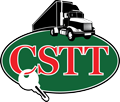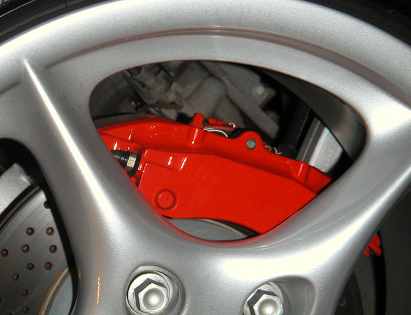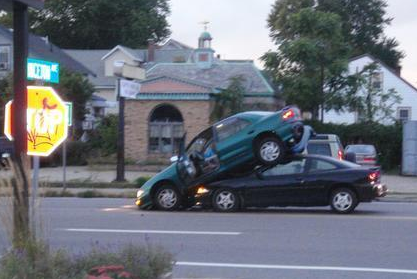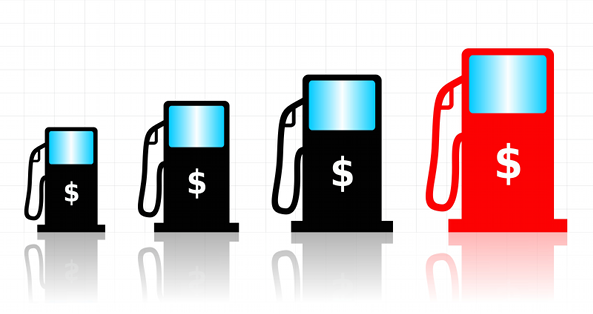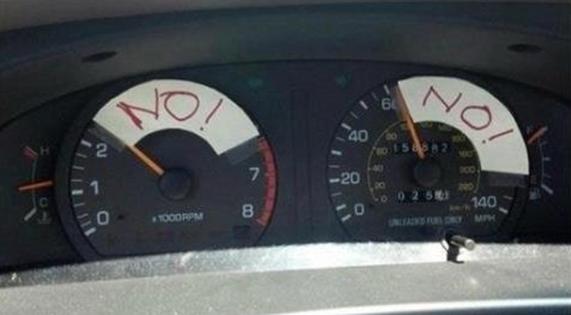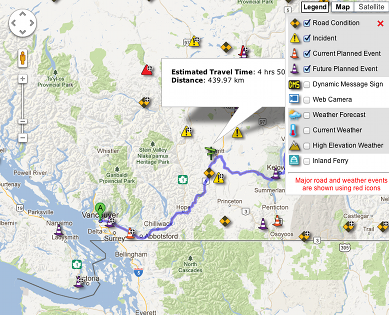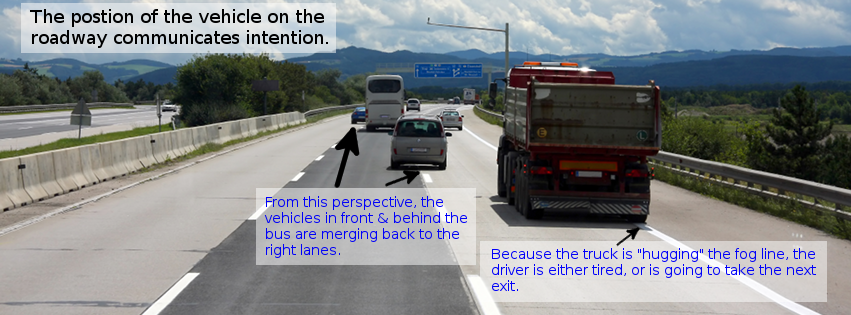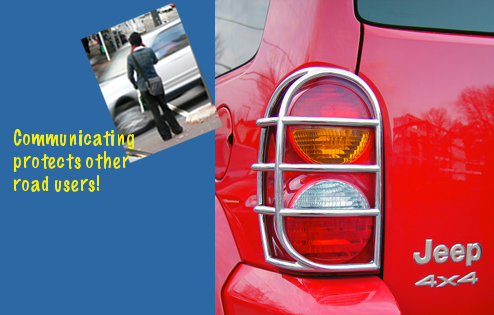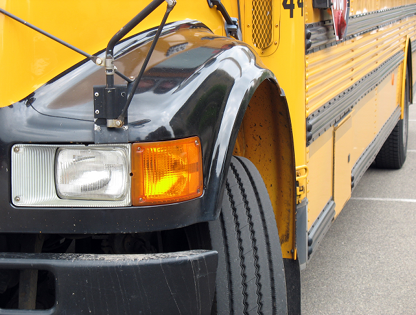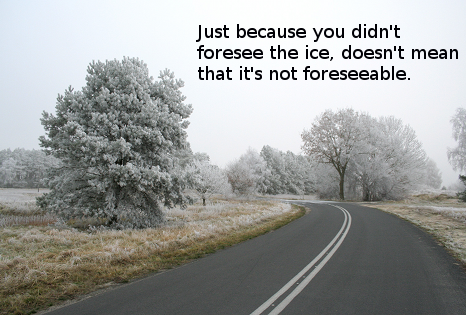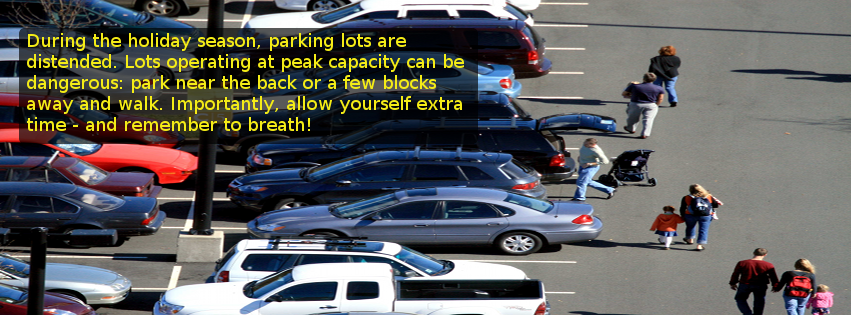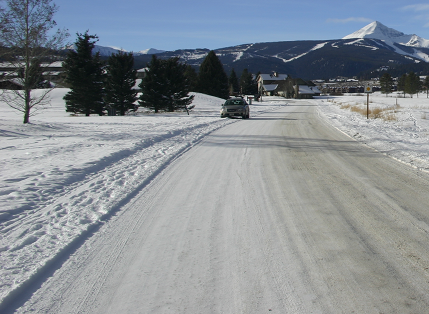CSTT Driving Tips | General Driving – part 3
November 5, 2014
Brake Life
Prolong the life of your vehicle’s brakes
By increasing your following distance you can better anticipate changes in traffic & respond smoothly. So rather than braking you will only need to let off the throttle.
Good speed & space management will allow 50-75,000 km from a set of brake pads!
Good speed & space management techniques will also improve your fuel mileage!
Defensive Stopping
Always look in the rear view mirror before braking: if the vehicle behind is tailgating, tap your brakes to warn the driver. When stopped, intermittently look in rear view mirror for vehicles approaching.
Don’t let this ruin a good week!
Fuel Mileage —- Pain at the Pumps!
Tracking your fuel mileage & following maintenance intervals, should optimize your vehicle’s full mileage.
Your vehicle’s owner’s manual is chocked full of helpful information!
Tracking your fuel mileage is key to optimizing fuel economy. As well, a reduced fuel economy often indicates a mechanical problem with your vehicle.
New Driver
Another tactic to help keep your teenager safe while she/he learns how to drive.
Speed is one of the major contributing factor in novice drivers’ crashes.
Keeping new drivers safe can test the creativity of even the most professional of driving instructors.
Trip Planning
www.drivebc.ca/directions.html is OUR NEW FAVOURITE TRIP PLANNING TOOL for British Columbia!!
Trip planning technology just keeps getting better & better.
Drive BC’s latest tool that will help you to get to your destination safely!
Position of Vehicle
Recognizing that the position of the vehicle on the roadway coveys intent and is one of the keys to interpreting traffic patterns.
Turning —- Signalling
Signals are to indicate that you wish to move over; not that you are going to move over. Allow “3” flashes of the indicator before moving laterally!
Smart Drivers Communicate Well!
By communicating well, a driver remains predictable to other road users.
When to signal
Driver should signal any time he or she is going to move laterally. In another words, signals should be activated any time he or she steers the vehicle left or right.
Like any relationship, good communications skills are key to staying safe on the road!
Frosty Roads
Anytime the temperature is below 5°C, ice can form in low-lying areas, places that lie in shade, on bridges and underpasses.
Know before you go!
When it’s cold, increase your following distance, and ensure that braking, steering and accelerating are separate and independent actions.
Holiday Parking Lots
Happy Holidays everyone!! And during the last week before Christmas, parking lots are going to be filled to capacity with both cars and pedestrians. Remember to smile and wave when you’re delayed.
Winter Glare
During the winter, mountain road conditions can change abruptly: equip your vehicle with both sunglasses to combat glare and a winter emergency lit, in the event of becoming stranded in the ditch.
A bright, snow covered landscape can potentially make for “glaring” driving conditions – have sunglasses ready.
Continues to General Driving Part 4
(Photo by Faramarz Hashemi / CC BY)
